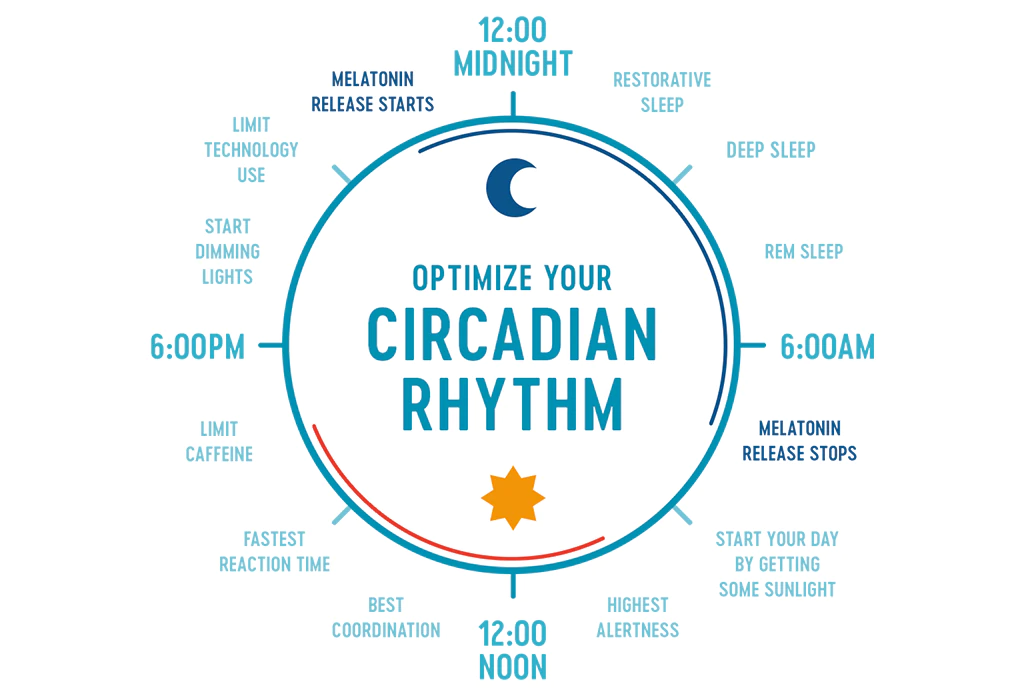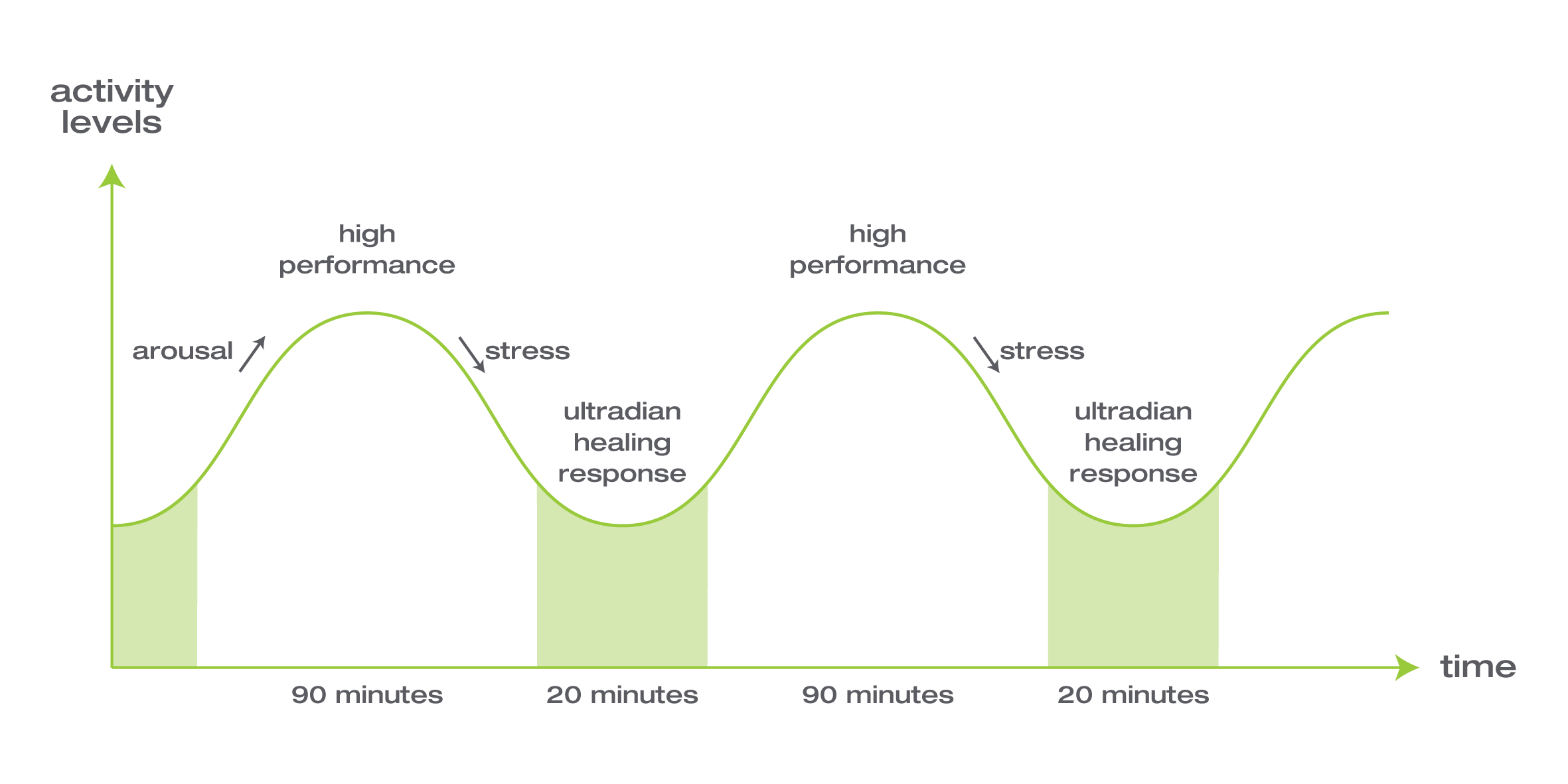How Your Brain Changes | Huberman Lab Podcast
Our brains have the ability to change their internal circuitry in response to experiences.
How Your Brain Changes - Neuroplasticity
Part 2 of my notes for the Huberman Lab Podcast #1. Click here to read part 1.
Human beings can direct their own neural changes. Our brain can change itself.
The neurons within the brain communicate through a complex network of pathways and every time we think or feel or do something, a pathway is activated. When we learn or experience something new, our brain creates a new pathway.

Insight Neurons that fire together wire together
Neuroplasticity means rewiring, strenghtening or weakening these pathways.
Insight Neuroplasticity is the ability for the connections in the nervous system to change in response to experiences.
This kind of neuroplasticity is typically called adaptive, self-directed plasticity.
Peak in neuroplasticity is between birth and around age 25 but the human brain can still change at any point during a human life although change becomes harder over time.
Plasticity in an adult human brain is gated, meaning it is controlled, by neuromodulators Dopamine, Serotonin, Acetylcholine, etc.
Insight Neuro-modulators open up plasticity and allow brief periods of time where experiences can be mapped into the brain such that later it becomes easier for us to reignite them.
There are circumstances which unlock high levels of plasticity, typically major events in our in lives.
When something awful or amazing happens to us, two neuromodulators get released in our brains:
- Epinephrine: leading to alertness and increased attention stamina
- Acetylcholine: leading to hyperfocus and “marking” of alerted neurons, which makes them easier to become active again in the future
Insight Epinephrine unlocks alertness and Acetylcholine unlocks focus.
We have to have alertness, in order to have focus. And we have to have focus, in order to direct plastic changes to particular parts of our nervous system.
Neuroplasticity doesn’t get unlocked during the effort you’re making to learn something new. Nothing is actually changing between the neurons that is going to last.
All the change occurs when we sleep or have non-sleep deep rest.
Insight NSDR (non sleep deep rest) can be particularly beneficial as it resets our ability to engage in DPOs (duration, path, outcome).
Google’s CEO Sundar Pichai uses NSDR to unwind.
Neuroplasticity depends on how much attention and focus one can continually bring towards a particular thing but the actual rewiring happens during sleep and non-sleep deep rest.
Insight Core ingredients of neuroplasticity are sleep and focus.
Interesting studies:
- There’ve been studies that showed that taking 20 minute deep rest breaks after periods of hyper focus and alertness and efforts actually accelerate neuroplasticity.
- There’ve been studies that showed that playing a particular sound while engaging in high focused learning and replaying that sound during sleep or deep rest actually accelerates neuroplasticity. The sound acts like a Pavlovian response reminder to the sleeping brain to remember what it was learning and retention appears to be significantly higher in these circumstances.
Neuroplasticity can even lead to reducing bad emotional load towards events, people, etc.
Transition between the state of alertness and focus to state of deep rest and sleep is governed by the autonomic nervous system.
Insight The autonomic nervous system works sort of like a seasaw between alertness and calmness.
We go from alert to deeply calm, every 24 hours.
To maximize neuroplasticity, we each have to master both the transition between wakefulness and sleep and the transition between sleep and wakefulness.
The fundamental cycle of sleep and wakefulness is the Circadian Rhythm, which is split into 12hr blocks.

Image Credit: Liveli
Our sleep and wakefullness are also broken up into Ultradian Rhythm (90min blocks).
These Ultradian rhythms affect neuroplasticity such that the early stage of that cycle is challenging and more difficult. The performance of neuroplasticity acts as on a bell curve (mid cycle is peak performance).

Image Credit: Accurate Expressions
Insight Neuroplasticity (neural circuit rewiring) is a 2 phase process: it is initiated by alert, focused (even agitated) states, but consolidated during deep & REM sleep & non-sleep-deep-rest (NSDR). Brain changes require toggling back and forth between these two states.